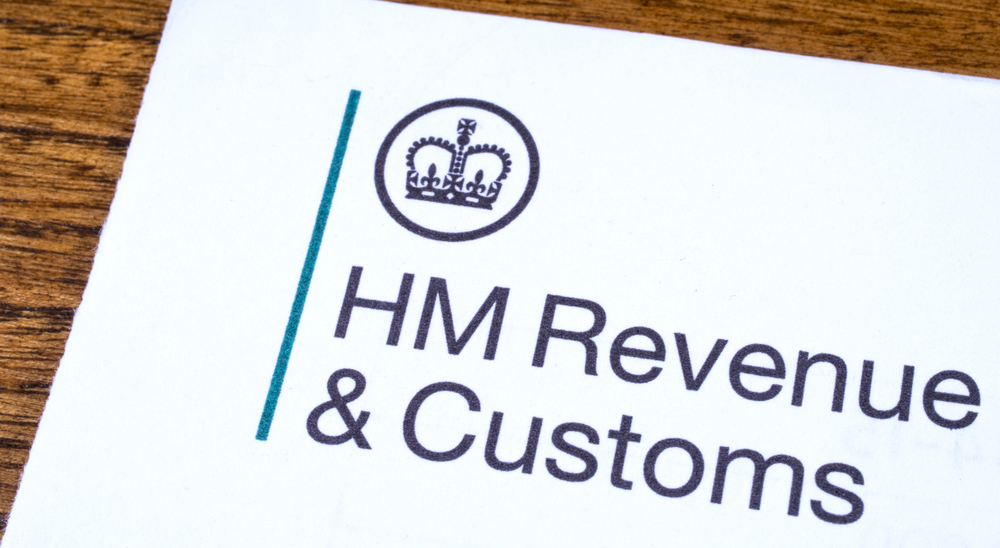Entrepreneurs’ relief change promises to remove a penalty of success
Entrepreneurs’ relief change promises to remove a penalty of success
Entrepreneurs’ relief change promises to remove a penalty of success
Tue 13 Mar 2018
Banking entrepreneurs’ relief when new investment dilutes a shareholding– “immediate” action means wait until next year
Shareholder/directors or employees of trading companies can face a tough decision when they have grown their company to the point where it is ready to take the next step but needs new external investment to do so. The problem is that the company may raise so much additional investment that the owner-managers who currently qualify for entrepreneurs’ relief (ER) by holding ordinary shares entitling them to at least 5% of both the voting rights and capital value risk losing their ER, worth a tax saving of up to £1m.
This may have a number of negative consequences as the owner(s) may decide to:
- not grow the company further by seeking new investment;
- sell up completely, denying the company the benefit of their accumulated experience;
- attempt to grow further using only their own resources and perhaps borrowings, a risky strategy in a time of transition; or
- restructure the business under a new holding company in order to claim ER under the restructuring provisions, paying CGT reduced by ER on shares exchanged for new shares where the gains held over are not realised immediately and maybe never will if the company encounters adverse trading conditions.
The Government’s proposed solution to this difficulty is to allow those employee/director-shareholders who attract new investment but in so doing fall below the magic 5% threshold to ‘bank’ the ER on gains that have already accrued at that point and pay the tax when they eventually dispose of their shares, always assuming that ER still exists then.
Relief will only be available where the new investment takes place on or after 6 April 2019
The new relief will apply as soon as new investment reaches the point where an individual’s shareholding ceases to qualify for ER because it has fallen below the 5% ‘personal company’ criterion for ER. The shareholder will have to claim the relief on a tax return or separately within the time limit for claims of four years after the end of the tax year in which the dilution event occurred. This will entail a valuation of the shareholding concerned as it stood immediately before dilution occurred, to ascertain the amount to be held over.
Issues to be addressed
The consultation outlines the general scheme of the relief but raises some questions and leaves some areas uncertain.
- Timing of dilution– the consultation suggests that where dilution occurs in the course of a scheme of raising finance, the time when dilution takes place should be when the first transaction in that process takes place. This could be problematic when financing takes a long time as that would risk shortening the time in which the relief could be claimed.
- Acquisition of shares-early on the consultation document refers to shares that the owner subscribed for: this would exclude shareholders who bought their shares rather than subscribing for them.
- Anti-avoidance– the Government is always concerned to ensure that nobody takes unfair advantage of a relief, e.g. by contriving artificial fund-raising of which the sole or main purpose is to obtain the relief, so expect additional provisions restricting the relief to cases involving only bona fide commercial fund-raising.
- Future-proof? Gains crystallised and held over under the new relief will be treated as realised when the shares concerned are eventually disposed of but will not be able to be reduced by losses realised in between times.
The consultation document is silent on what happens if the shares subsequently fall in value which could mean the held-over gain being taxed in the same way as gains held over onto qualifying corporate bonds are in a corporate reorganisation.
- Associated disposals- disposals of assets owned personally and used by the business will not qualify for the relief, only shares.


Comments